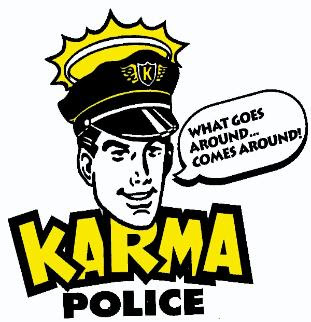An Invitation to Higher Gauge Theory (Again)
Posted by John Baez
This paper may be finished now:
- John Baez and John Huerta, An Invitation to Higher Gauge Theory.
Tim van Beek wanted a heads-up when it was done, so he could make another round of corrections. Indeed, I’d love comments from all of you! Please post them here.
There are lots of juicy example applications in this paper! The idea is to get lots of theoretical and mathematical physicists to see those examples without requiring them to already be experts on category theory. They will then fall in love with -categories, turn into an army of Urs Schreiber clones, and take over the universe. My duty to mathematical physics thus fulfilled, I can focus my energies on saving the planet.
That’s the plan, anyway. Sounds like a comic book. Here’s how the paper goes:
In Section 1 we start by explaining categories, functors, and how parallel transport for particles can be seen as a functor taking any path in a manifold to the operation of parallel transport along that path. In Section 2 we ‘add one’ and explain how parallel transport for particles and strings can be seen as ‘2-functor’ between ‘2-categories’. This requires that we generalize Lie groups to ‘Lie 2-groups’. In Section 3 we describe many examples of Lie 2-groups, and sketch some of their applications:
- shifted abelian groups, gerbes, and their role in string theory and multisymplectic geometry
- the Poincaré 2-group and the spin foam model for 4d Minkowski spacetime
- tangent 2-groups, 4d theory and topological gravity
- inner automorphism 2-groups and 4d theory with cosmological constant term
- automorphism 2-groups, nonabelian gerbes, and the gravity 3-group
- string 2-groups, string structures, the passage from Lie -algebras to Lie -groups, and the Lie 3-superalgebra governing 11-dimensional supergravity
Finally, in Section 4 we discuss gauge transformations, curvature and nontrivial 2-bundles.


Re: An Invitation to Higher Gauge Theory (Again)
Please provide links to the sections so we don’t have to download the whole thing.
[John Baez: Done. You still need to download the whole thing, but you’ll go straight to the section you want.]